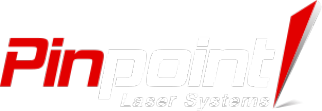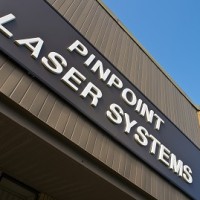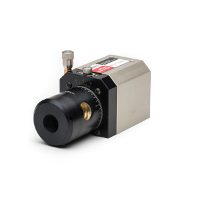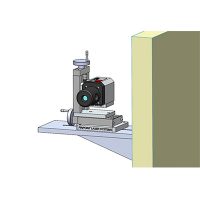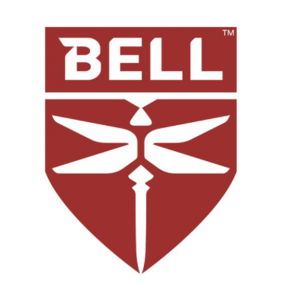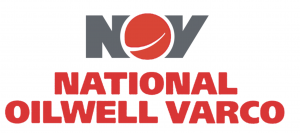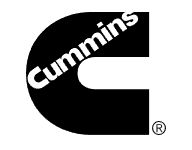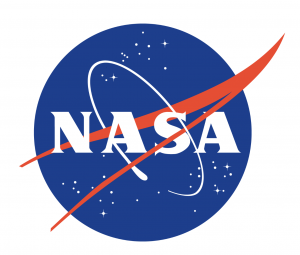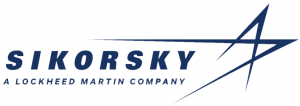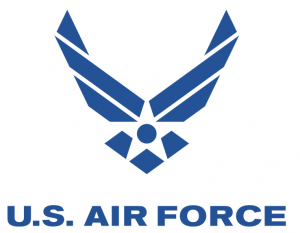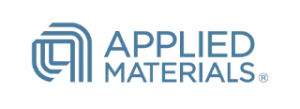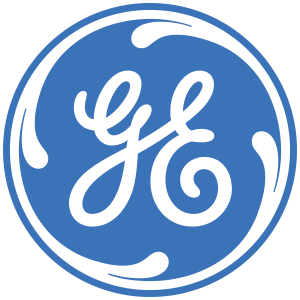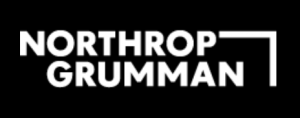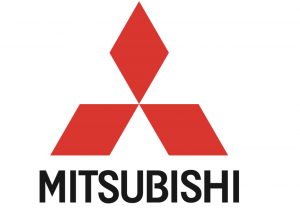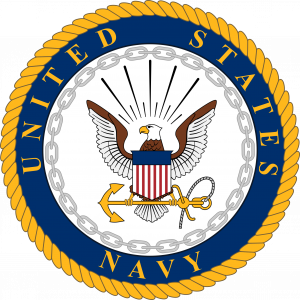Precision bore alignment is critical for proper operation of many components in factory production, oil and gas, aircraft and specific alignments for crankshafts, extruder barrels, bearings, rudders and other assemblies. It can make a difference in productivity, system operations and component life.
For example, plastic extrusion equipment works more efficiently and produces better quality parts when extruder barrels are properly aligned the extruder screw and the gearbox. Misalignment can lead to system inefficiencies and excessive screw and barrel wear. A machine screw not properly aligned to the extruder barrel can cause extensive damage to both.
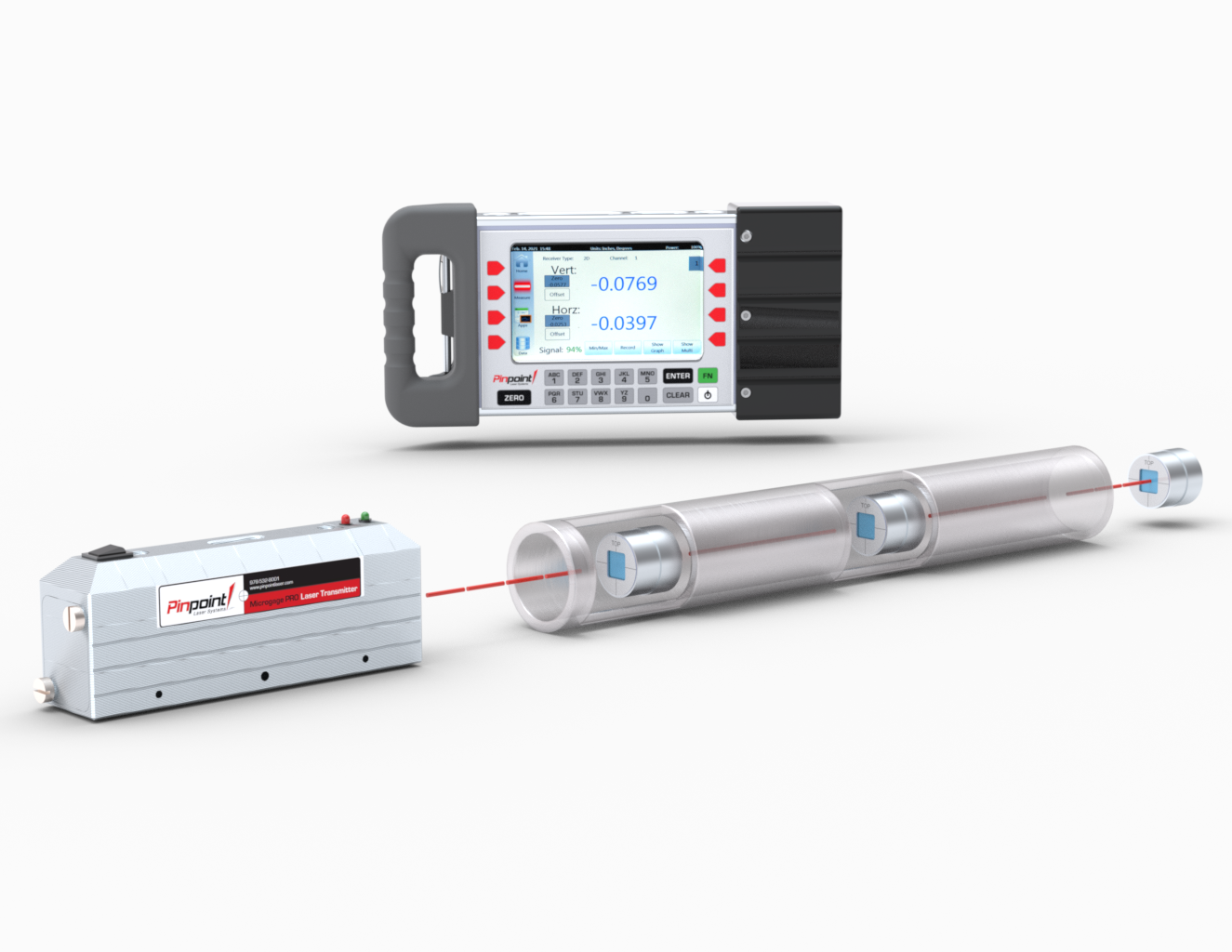
Laser Alignment Overcomes Challenges in Bore Alignment
Finding and measuring the center of the bore for proper alignment is often challenging. Traditional alignment tools like tight wire or optical borescopes are often unreliable, especially in applications with small bores and long distances. They are also difficult to set up, time-consuming to use, subjective, and provide inconsistent results.
In contrast, laser alignment systems provide is quantative providing better measurement accuracy and are easier and faster to use than these conventional methods. They are rugged enough to work on the factory floor and can be implemented in various areas to make critical measurements on an ongoing basis. With an accuracy of 0.004”, they address the tightest tolerances required for today’s precision engineering requirements. In addition, they provide real-real-time information in both a horizontal and vertical planes so operators can make exact adjustments.
Simple Configuration
Laser alignment systems are also simple to configure. In a typical bore alignment application, a laser transmitter produces the laser reference beam for measuring. It is placed outside the bore and aimed so that the laser beam passes through the center of two datum areas along the bore path. In some cases, the laser is fitted right into the bore providing a centerline for alignment, or situated on a mount or tripod so the beam can be projected through a series of bores for centerline, parallelism and other alignments.
A laser receiver, placed at each bore location, precisely measures that bore’s relative position to the laser centerline as well as the angular orientation of a bore to a common centerline. Measurements are taken in various rotation positions to determine the actual offset error.
The receiver provides live readings for display or download onto an Excel spreadsheet for analysis. Using software, straightness calculations can be made to determine bore alignment errors to make adjustments in guiding the bore assembly back into its correct position.
Versatile Applications
Brackets can support different orientations and locations of the laser alignment systems while wireless configurations make it easy to address difficult bore alignment challenges.
Different industries including aviation, marine, vehicle and manufacturing, could benefit from bore laser alignment to address their bore alignment concerns. In addition to conducting regular bore straightness checks, bore laser alignment is ideal for:
• Crank-shaft bore alignment
• Extruder barrel alignment
• Stern tubes in shipbuilding
• Hinge-line adjustments for commercial jets.
• Adjusting bar feeders and spindles
• Aligning propeller shafts
• Positioning rudder posts
• Aligning pistons in pump assemblies
• Adjusting extrusion press rams in their boxes
• Aligning screw drives in plastic and slurry extrusion mills
• Aligning tail rotors on helicopters
• Periscope and precision antenna alignment
• Adjusting bar-tuning machines
Apart from bore alignment, laser alignment systems are ideal for use in straightness and linear measurement, runout measurement, flatness and planar measurement, precision angular measurement and more.
